Beachmasters
Penguin, $6.95 pb , 186 pp
The Clichés of Revolution
I know what happens
I read the book …
(epigraph to Beachmasters)
Long term readers of Thea Astley have come to expect novels and short stories of finely tuned social satire which have increasingly employed Astley’s individual idiom: a richly textured and often baroque language of compressed meaning, of striking and original metaphor, of the incisively apt phrase which encapsulates character.
Her satiric themes have almost always focused on Australian society or that of the Pacific region – that ‘tropic cliché’ which she identified in her Herbert Blaiklock Memorial Lecture – ‘Being a Queenslander: A Form of’ Literary and Geographical Conceit’.
The favoured Astley microcosm is an enclosed or isolated community, the small northern town of many of her novels, or the tropic aeland of A Boat Load of Home Folk and her latest novel Beachmasters. Within this environment she is apt to place an isolated and vulnerable individual – perhaps an adolescent like Vinny Lalor of A Descant for Gossips or Gavi Salway of Beachmasters – who must, under the pressure of the social dialectic, learn the complexity of human response.
Astley is master (or mistress) of the nuances of social power; of the workings of self-interest, prejudice, entrenched platitude and stereotyped attitudes. Nowhere is this more evident than in The Acolyte, regarded by many as her best novel, in which she concentrates not only upon the destructive personality of the ‘great man’, but also upon the self-destructive drive to martyrdom within the acolyte, Paul Vespers, and sundry other disciples. A Kindness Cup, too, inverts the reader’s expectation as, without sacrificing its major point, the inhumanity of an Aboriginal massacre, it demonstrates the dangerous consequences of selfrighteousness. Astley has defined the ‘point’ of all her books as ‘self-delusion and the pity of self-delusion’, and her cutting satire of human behaviour is, at its best, mitigated by an ironic compassion for the individual.
Beachmasters is Astley’s tenth fictional work since Girl With a Monkey appeared in 1958, to be followed by A Descant for Gossips (1969), The Well Dressed Explorer (l 962), The Slow Natives (1965), A Boat Load of Home Folk (1969), The Acolyte (1972), A Kindness Cup (1974), Hunting the Wild Pineapple ( 1979) and An Item From the Late News (1982). It is the second to deal with a tropical hothouse, a less than paradisal island on which selfdeluded individuals and their relationships are forced to crisis point by either natural forces (a hurricane in A Boat Load of Home Folk) or political forces (a revolution in Beachmasters). Apart from these two novels, Queensland, and especially its tropical far north, has been her preferred setting. That slovenly luxuriance in which Astley set her short story collection Hunting the Wild Pineapple seems to spawn and nurture the kind of oddball misfits she is most interested in – whether manic, mistaken, repressed, or possessed.
Beachmasters displays all the strengths and some of the weaknesses of Astley’s previous works. It is the most overtly political, dealing as it does with a failed and pathetic revolution on an island under British and French co-dominion (the parallel with Vanuatu is obvious). Astley has always been interested in the politics of personal and group interaction (A Kindness Cup and An Item From the Late News are obvious examples) and revolution gives her yet one more opportunity to sharpen our perception of the dynamics of connivance and petty betrayal. Against what she terms the ‘cliche’ of revolution she places Gavi Salway, a vulnerable thirteen year old, at the point where he has just discovered his hapkas blood and is manipulated into giving a hand with some gun-running. As a result he is (indirectly) responsible for the death of the revolution and he and his family are expelled from their ‘paradise’ (the Edenic parallels are underscored). Meanwhile the revolution is an absurdity, part of the ‘real nonsense of history, the idiot comic gravity’. Its leader Tommy Narota, ‘a dark-skinned Feste ... made for comedy’, is an unknowing puppet of the French and the multi-nationals. His Palm Sunday (a brief speech followed by a barbecue) is followed by betrayal and imprisonment – he is too good (or gullible) for Astley’s cruel world.
Beachmasters confirms our impression of Astley as a superb craftswoman of language, a professional wielder of the linguistic scalpel, whether in the scarifying pictorial sketch, for instance that of Bonser, the Aussie, with his ‘great bull neck, the heavy paws on the steering wheel, the blaze of drinker’s skin’; or in the characterising comment: ‘No names no pack drill was one of his favourite expressions’; or in the capture of an absolutely authentic speaking voice (once again that of Bonser):
You’re nothing but a stupid whining kid with your bum in your brain.
She excels too at the reverberating authorial aside; for instance her comment on the island ‘where women rated far below double circle tuskers’; or that concerning Bonser:
‘What’s a woman? the boys asked each other ... It wasn’t as if he fucked pigs.’
At the same time Astley’s ability to evoke not only a place but its very texture, its sensuality, is once again demonstrated
… unending summer … the lap of hurricanes, where the green juice of jungle cascades in torrent gushers and the earth that has built up over the submarine coral swings out of the sea into fold after fold of giant pleats … Flame trees and scarlet creeper repeat sun-warnings. Birds rattle through vines … skimming the nakamals of hill villages …
Here as always, however, there are dangers in Astley’s somewhat selfconscious pursuit of the linguistic coup. They are those of over-reach and strain, less apparent here than in some of the earlier novels, but nevertheless still present – for instance: ‘Formality was a refuge in the hugger-mugger of insanity’ – and still capable of setting the teeth on edge. What is wholly appropriate in the multi-lingual context of this novel is Astley’s elevation of language to a metaphysical level. It is not only a social signifier, the index of subtle (or unsubtle) and cruel racial byplay, it is also the metaphysical signifier of an almost complete racial alienation, for:
The eyes move two ways. The voice moves three. Two-eyed. Tripletongued.
Of the triple tongues – English, French, and Seaspeak, or pidgin – English is the language of gross patronisation: ‘in any English pidgin grammar there is no word for “please”’. French is the language of political deviousness, while Seaspeak is the language of degradation:
Frightfully funny, really. Of course they couldn’t cope with anything more than baby-talk. Only the simplest thoughts going on. This linguistic interaction measured up their intellectual powers, didn’t it? Was a kind of proof, well, proved it really, that those nigs were still way up in the trees.
The ‘good’ characters urge the islanders never to use it; the islanders revert to it as an act of self-assertion, while Nature ratifies it – the ‘current riffled Seaspeak’ – in its own Rainspeak and Seaspeak, thus endorsing the islanders’ language, culture, and unity with nature. Astley has always been obsessed with language, always exploring its generative possibilities. In this novel she has taken her obsession one step further to an exploration of language as a self-referential metaphysical entity – the text of the text.
If language is a negative indicator of the ability of mankind to achieve any sort of racial unity, mixed blood bas positive significance. Gavi’s intricate genealogy suggests this, although there is possibly an element of satiric parody on Astley’s part. Kenasi Salway’s miscegenation with Seruwaia, the sister of the revolutionary yeremanu, Tommy Narota (the latter both hapkas) leads to the birth of Gavi’s mother, Lucy Ela, who unknowingly marries her halfbrother, Kenasi’s white son, who is killed in Vietnam. Gavi is thus (by my calculation) one eighth islander and also the product of an incestuous union. His genealogy and his (token) hapkas status, then, can be read as an index of the possibility of racial harmony, particularly as the novel begins and concludes with Gavi’s ceremonial recognition of his great-uncle, the yeremanu. This optimistic possibility, rare in Astley’s fiction, which is usually either open-ended or bleakly pessimistic, is reinforced by a number of symbolic suggestions of unity. The most compelling is that of the complementary drawings in the sand: the intricate pattern of Rom Dance, ‘the dance of quasi-priesthood and power’ and the ‘chalice with the host rising from it like a sun from the cup. Or a halfworld’. The two artists – villager and priest – contemplate the unity for a moment, then:
… a little wave broke and when it ebbed, Bonnard’s sand drawing was gone.
Intricacy of structure too is the mark of an Astley novel and this intricacy poses its own difficulties. Beachmasters is no exception. Framed by the recognition scene, preceded by a litany, narrated in retrospect with the aid of devices such as a photograph album and a diary, it builds its reality through a gradual sedimentation of knowledge in the mind of the reader. The problem, with this and other Astley novels, is that the narrative technique is so clever that it is only in the rereading that the picture becomes complete. There are also difficulties with the characterisation process, and these too are common to a number of Astley’s works. It is a problem, I think, of blending psychological realism with social satire.
Satire usually involves some degree of caricature; not only of individual characters, but also of social structures. Astley herself has defended the overkill – ‘for the sake of fiction use of the oversketch is not only permissible but often necessary’ – but certainly the extent of ‘oversketch’ in Beachmasters is disturbing. The most cutting caricatures are those of the English administrators, the bongo-playing Trembath and the cowardly Cordingley. Surely the latter in particular is too overdrawn even for Astley’s own prescription (the necessary ‘oversketch’). It should be enough to make him stupid and cowardly, socially and politically impotent, without adding sexual impotence as well. Bonser, the Aussie type, is also a frightening caricature, and this then extends to a caricature of all Aussies in the islands:
‘… all Australians are so aggressive, are they not? They long for – what do they call it? – the punch-up.’
Astley’s women too are all too often ‘oversketch[ed]’. Can we ever forgive her for the caricatures of women in Hunting the Wild Pineapple; the repressed spinster of ‘A Northern Belle’, for instance, or the frustrated Sadie, in ‘Ladies Need Only Apply’, prepared to swim a flooded cataract and crawl naked through mud in her lust for male flesh? The women in Beachmasters are more of the same. Patrick White himself would have been proud to create either Chloe of ‘The Dancing Bears’, the kind whore, or Letty Trimble, the prissy ‘Doctor’s Lady’. Their interchange:
Chloe: ‘We’re all whores ... of a sort ... Living is whoring.’
Letty: ‘But I envied you. I envied you. We all did.’
is trite to say the least. Astley gives the best roles of nurture and wisdom to a carefully selected group of old men, the spiritual guides and interpreters to the disturbed Gavi. They are either post-sexual or celibate, all classicists, a grandfather, a headmaster and two priests (Presbyterians, ‘those verticals (!) of the Lord’, are excluded). This schematisation leads me on then to my major criticism of Beachmasters and of Astley’s fiction in general. She is indeed a fine social satirist but her targets are all too predictable. They are the trendy concerns of ‘informed’ opinion in our society: the claustrophobia of small town life (in a number of novels), the dreariness of the alternative society (Hunting the Wild Pineapple), and now all the passé stereotypes of colonialism. Is small town life invariably censorious? Are all colonial administrators snobbish and crass? Astley is no anarchist. She reinforces the prejudices of the ‘intelligentsia’ rather than challenging them. The same may be said of her caricatures. Astley is a magnificent artist of the psyche; she has proved this again and again in her anatomy of the psychology of individual characters such as Vinny Lalor, Paul Vespers, and now Gavi Salway. But her finely realised characters are set against an array of prejudicial stereotypes such as Bonser the Aussie, or the dolebludging Bo in ‘Write me, Son, Write me’ (Hunting the Wild Pineapple). The conclusion of that story, Bo’s treatment of his mother’s letter:
Carelessly he crumpled the letter into a ball, shot it light-heartedly across the footpath Into the gaping trash bin and raced down the steps flapping the cheque at his waiting buddies.
‘Geez, man!’ he cried. ‘Geez!’ And his eyes filled with tears. ‘They’ve written!’
is a clear demonstration both of Astley’s brilliance, and of a certain facility, an element of predictability in her satire.


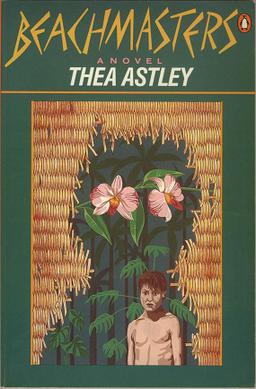
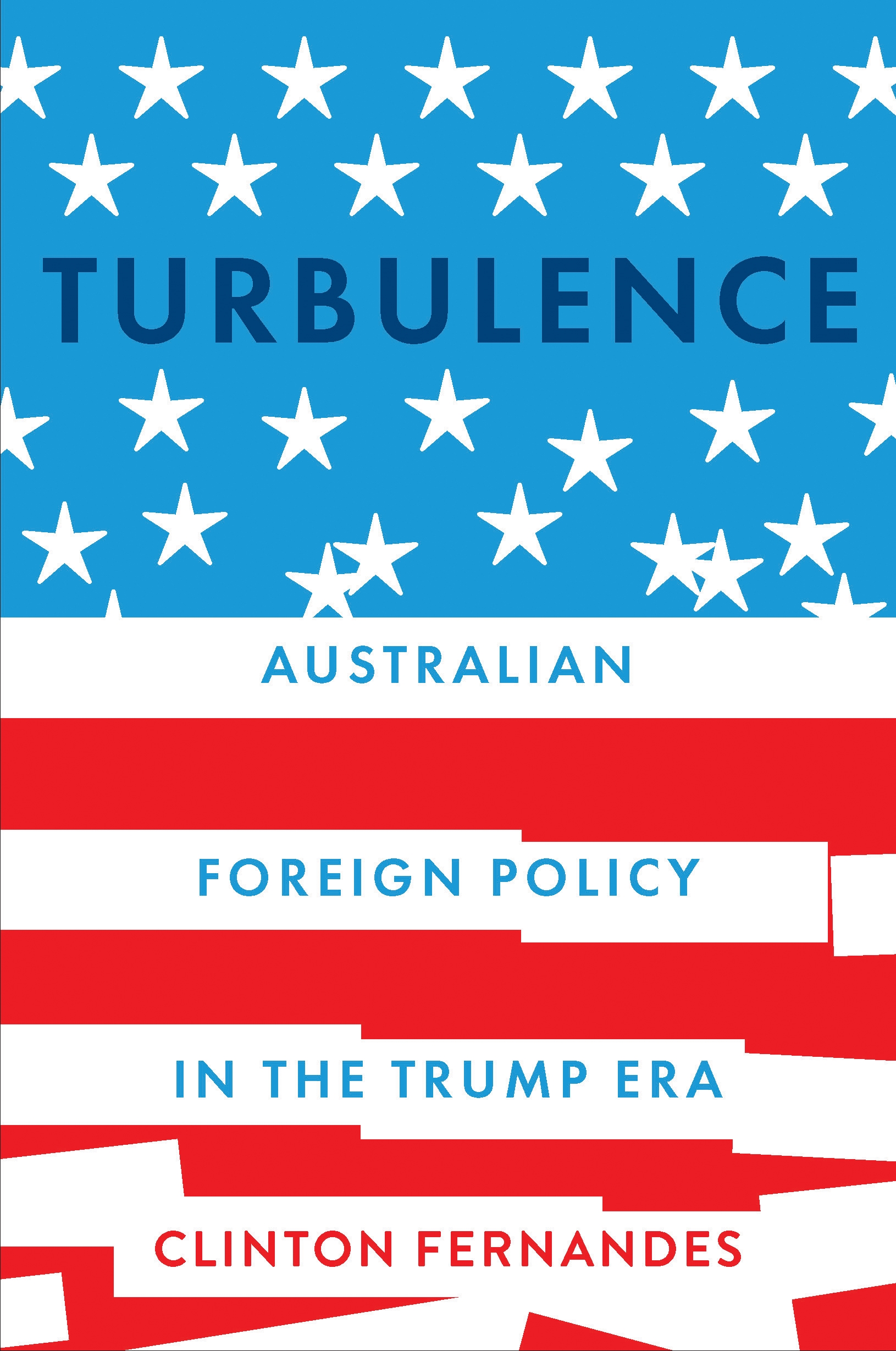
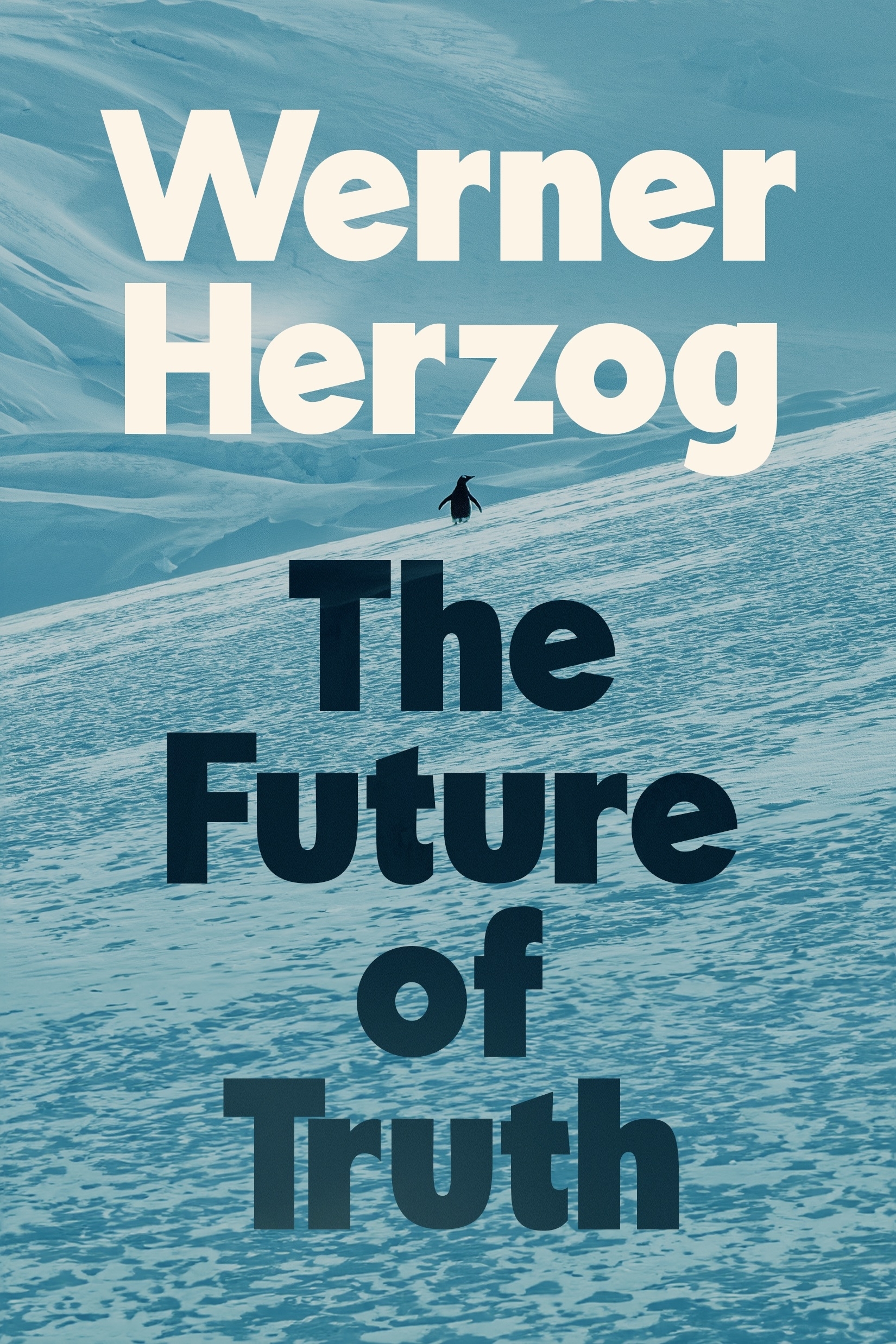
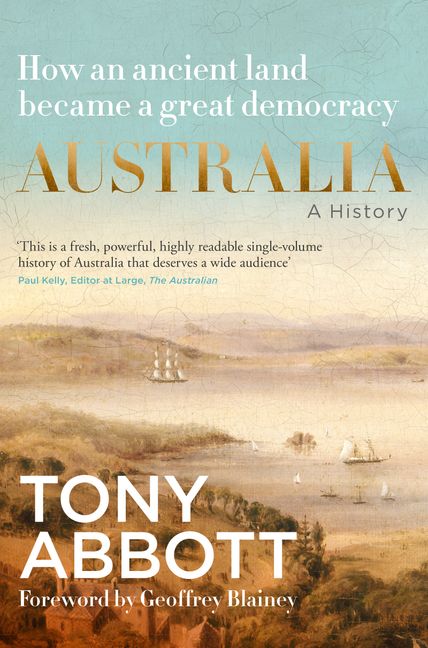

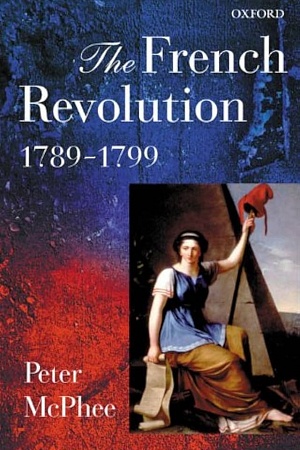
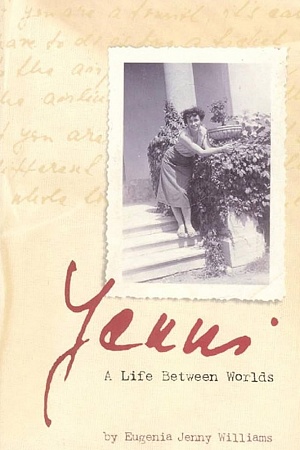
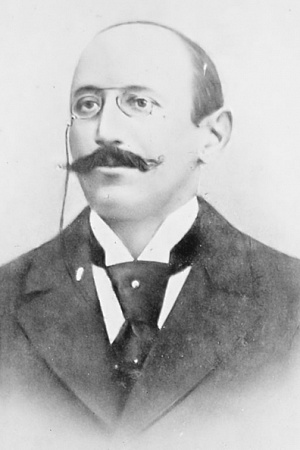
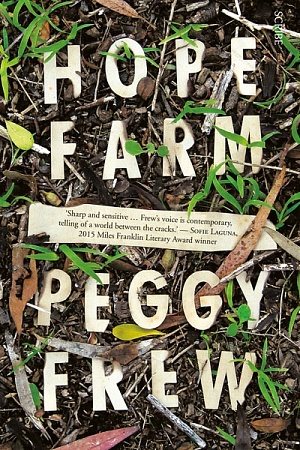
Leave a comment
If you are an ABR subscriber, you will need to sign in to post a comment.
If you have forgotten your sign in details, or if you receive an error message when trying to submit your comment, please email your comment (and the name of the article to which it relates) to ABR Comments. We will review your comment and, subject to approval, we will post it under your name.
Please note that all comments must be approved by ABR and comply with our Terms & Conditions.